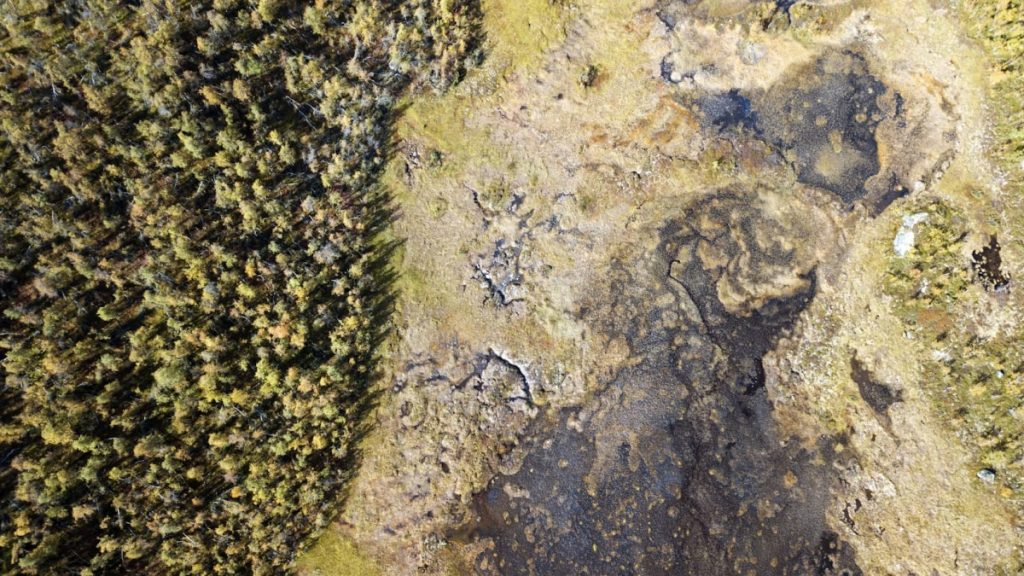Evidence of Human Sacrifice Found at an Ancient Burial Mound in Siberia

A 2,800-year-old burial mound has been uncovered in southern Siberia, offering new insights into ancient burial practices. The site, found in Tuva, includes the remains of an elite individual buried with a sacrificed human and 18 horses. Archaeologists have linked these findings to early Scythian burial traditions. These nomadic people were known for their elaborate rituals, often involving sacrifices to honour their dead. This discovery is one of the earliest examples of such practices, dating to the transition between the Bronze and Iron Ages.
Scythian-Like Burial Traditions
The burial mound, or kurgan, is significant due to its early connection to Scythian customs. Found in the “Siberian Valley of the Kings,” the site contains artefacts related to horse riding, as well as animal-themed decorations. Some of the horses found still had brass bits in their mouths, providing evidence of their use in Scythian life.
The presence of these items suggests that the Scythian culture, which spread westward in later centuries, may have originated from this region, as per the study published in the journal Antiquity.
Human and Horse Sacrifices
Sacrificial practices appear to have been an integral part of this burial, with both human and horse remains found at the site. The researchers identified the remains of a woman, believed to have been sacrificed as part of the burial ritual.
The horses were likely killed and buried alongside the dead elite to accompany them into the afterlife. These discoveries echo descriptions by ancient historians like Herodotus, who wrote about the Scythian practice of sacrificing animals and servants for their royalty.
Insights from Archaeologists
The study was led by Gino Caspari, an archaeologist at the University of Bern in Switzerland. Caspari and his team believe this discovery provides crucial evidence about the early origins of Scythian culture. Through radiocarbon dating, they determined that the burial dates back to the late ninth century B.C., making it one of the earliest examples of such rituals found to date.




